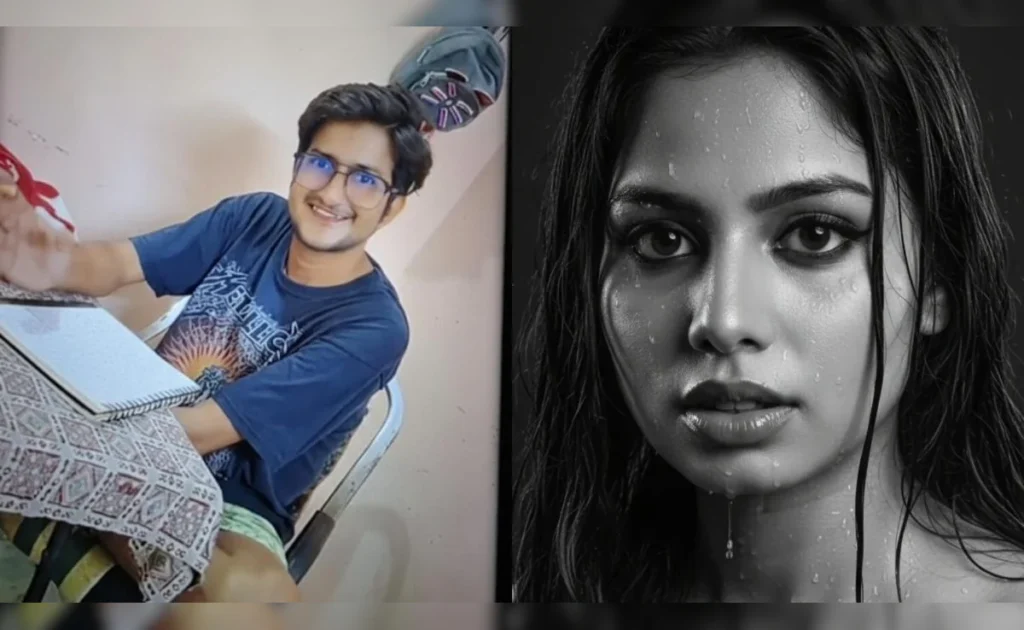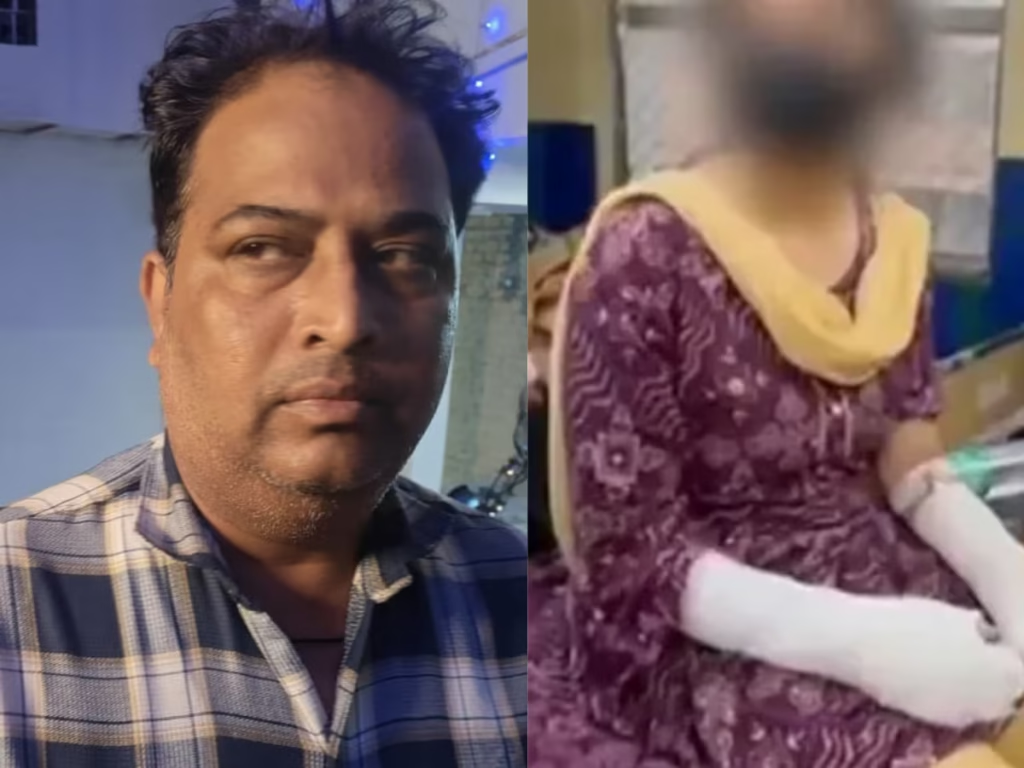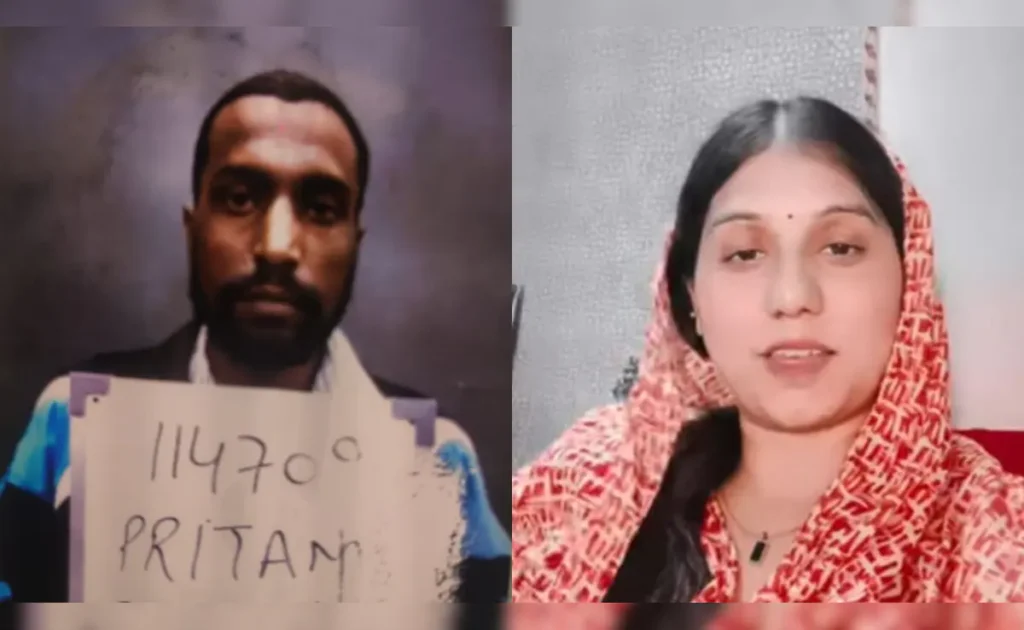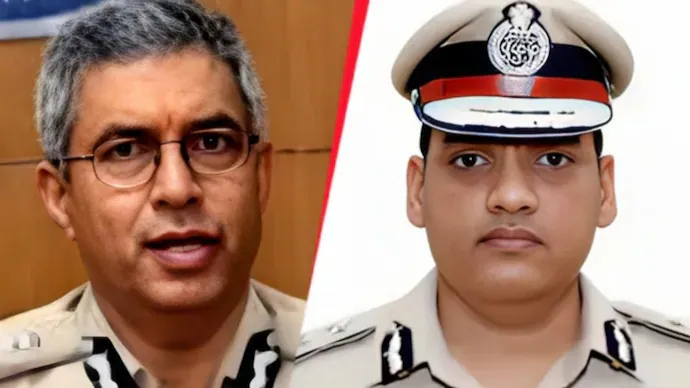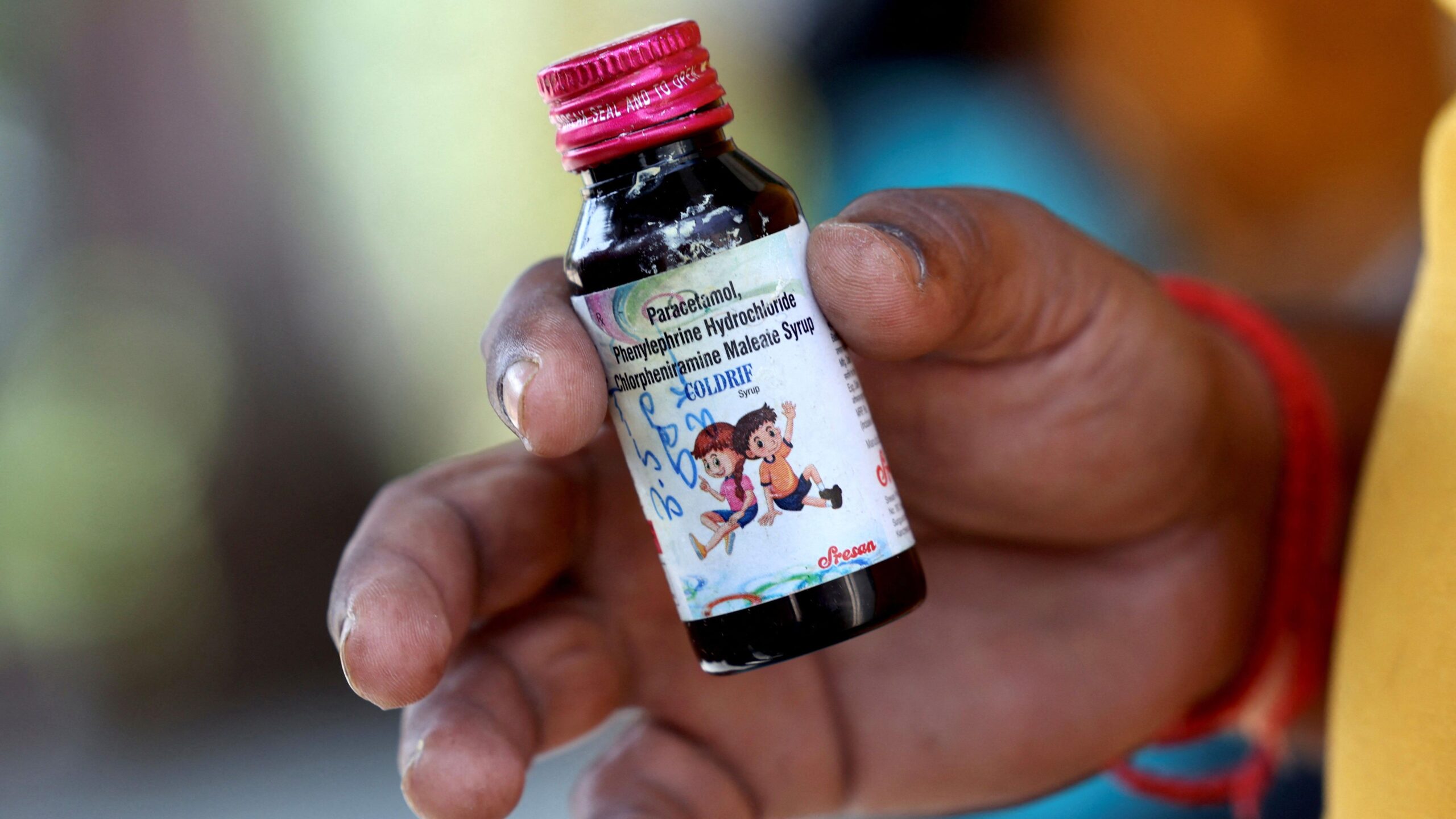Now Reading: Fifth Suspect Arrested in Bengal Rape Case: Why Police Call It a Complex Probe
-
01
Fifth Suspect Arrested in Bengal Rape Case: Why Police Call It a Complex Probe
Fifth Suspect Arrested in Bengal Rape Case: Why Police Call It a Complex Probe
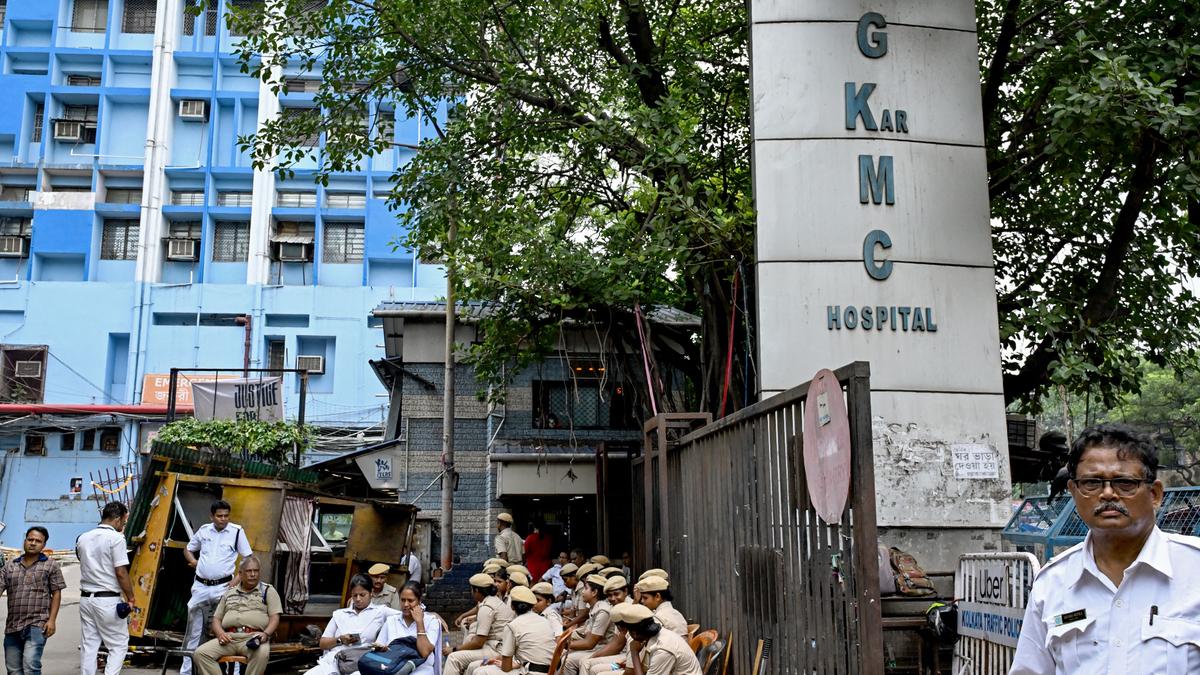
A fifth person has been arrested in the high-profile gang rape case involving a medical student in Durgapur, intensifying public scrutiny. Police warn the investigation is not straightforward, citing conflicting statements and circumstantial evidence. As questions swirl around the survivor’s complaint, accused persons, and political pressure, the case highlights both systemic challenges in criminal probes and the demands for accountability in India’s justice system.
The New Arrest and the Case’s Status
On Monday, authorities detained the fifth suspect, identified as Sheikh Safiqul, and produced him before the Durgapur court, which remanded him in custody. With this arrest, all five alleged perpetrators are now in police custody. The earlier four—Apu Barui, Firdous Sheikh, Riazuddin Sheikh, and Sheikh Nasiruddin—had already been arrested and remanded for ten days based on previous proceedings.
Police indicate that the arrests were based not on confessions but on phone records, location data, and cross-examinations. None of the suspects reportedly had prior criminal records, making the case more delicate. The survivor’s male classmate, who accompanied her that night, is still being questioned but hasn’t been named an accused yet.
Challenges Cited by Investigators
Authorities admit their path is strewn with complications. Several contradictions have emerged: statements made by the survivor, by witnesses, medical reports, and details offered by suspects differ in key points. Recording a formal magistrate statement from the survivor is critical but has faced delays.
The police describe the probe as “not easy” because of these inconsistencies and because some evidence is circumstantial. Reconstructing events in a public area near the campus, with gaps in surveillance data and multiple actors, adds to the difficulty. Moreover, confirming the roles of each accused in a collective crime demands careful legal framing.
Political Fallout and Public Reactions
The case has stirred big reactions in state politics. Opposition leaders have held protests demanding swift justice and accountability from the state government. The survivor’s family, under pressure and emotional distress, refused to allow her last rites unless the top officials named in her note were removed.
In smaller towns and Tier-2 cities, this case is being watched closely—people fear that in powerful states, crimes against women sometimes get buried. The outrage in Durgapur has reignited debates about safety, policing, and women’s rights far beyond the state capital.
What This Means for Justice and Trust
Successful prosecution depends on evidence, fair trials, and transparent institutions—not just arrests. The integrity of the forensic team, the speed of trial, and judicial oversight all matter heavily in how the public perceives justice.
For many, this case is emblematic: when a crime involves privileged actors or systemic constraints, will the justice system give the survivor the same value as others? In cities beyond the metros, confidence in law enforcement and courts is fragile.
Conclusion
The arrest of a fifth suspect marks a critical turning point in the Durgapur gang rape case. But that alone isn’t closure. The true test lies ahead: building a solid, fair case; overcoming evidentiary gaps; and restoring public faith in institutions. How this unfolds will matter not just in Bengal but in every part of India that demands safety, dignity, and justice.








